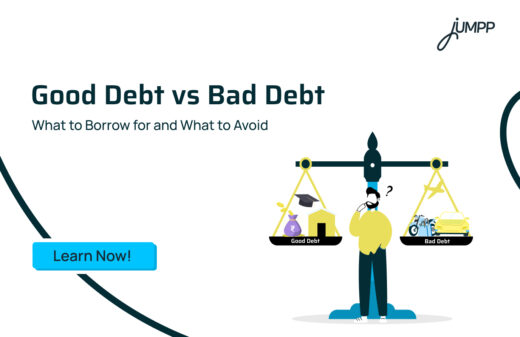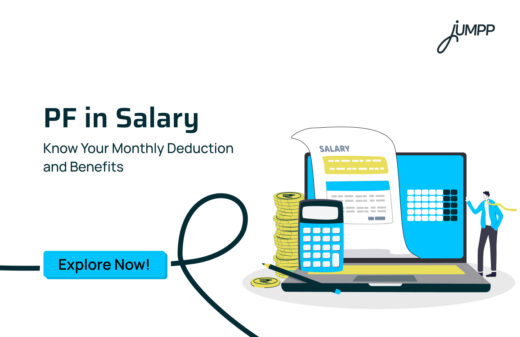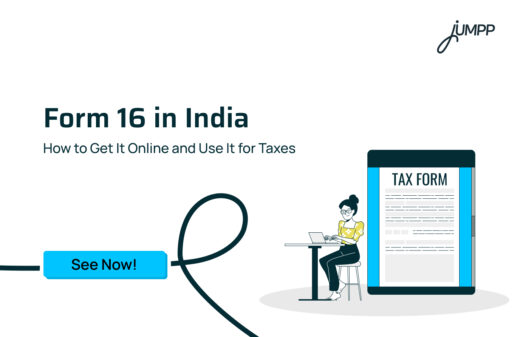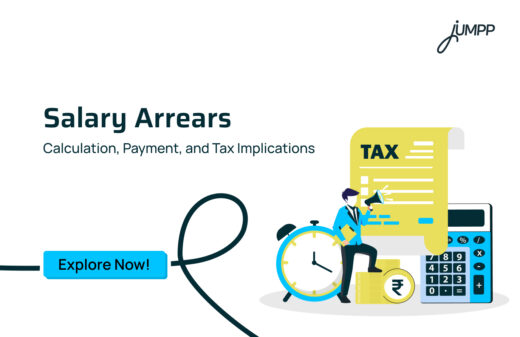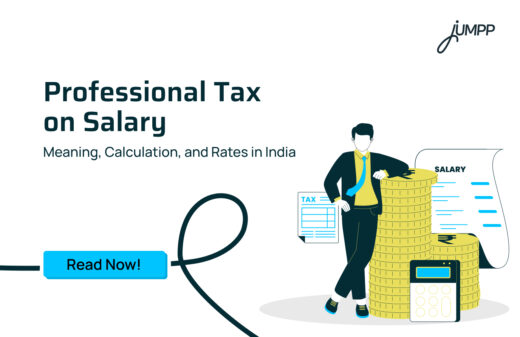Which Retirement Investment Options Actually Give You Income After 60?
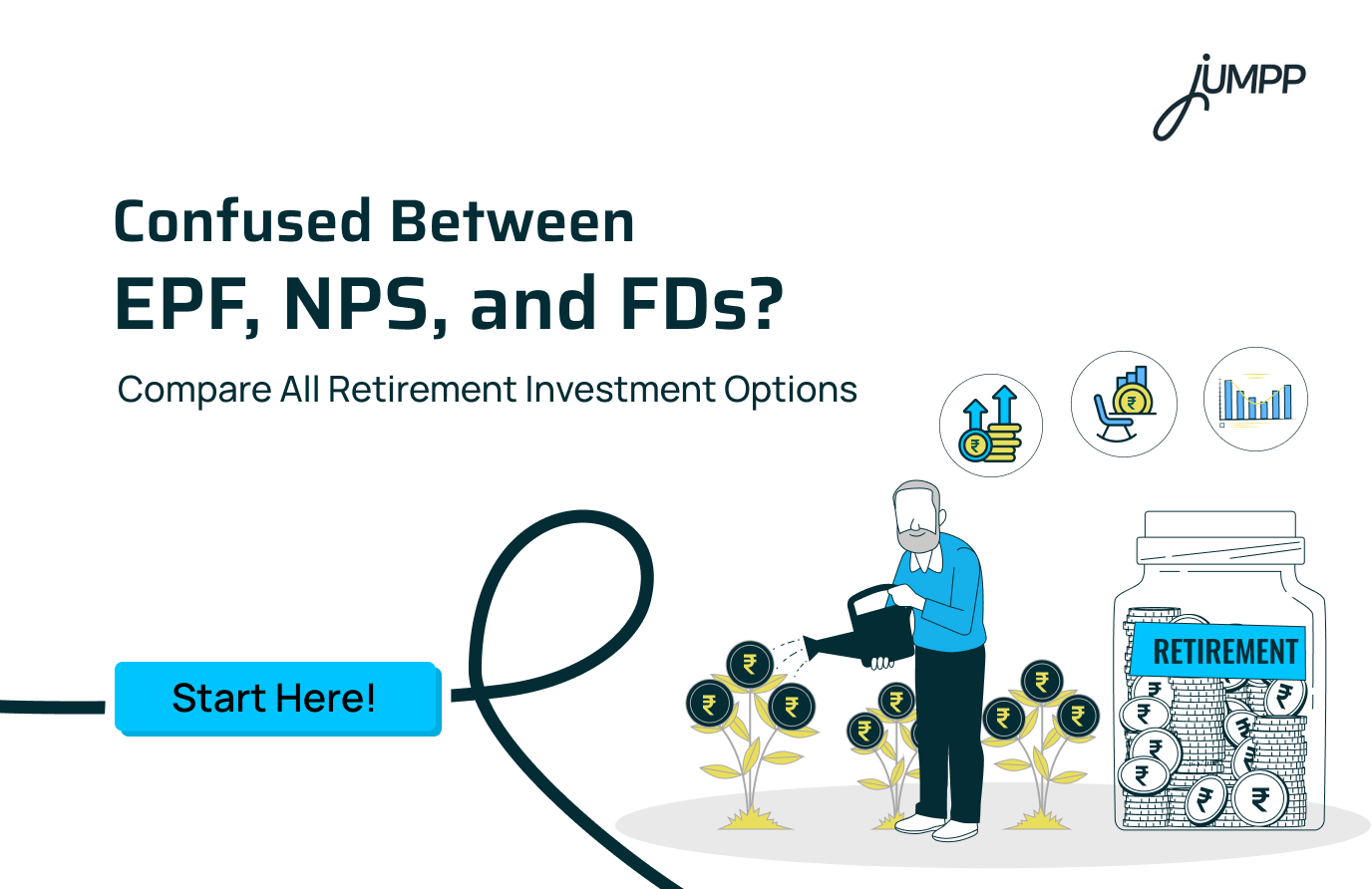
A lot of people still say, “I’ll live with my children after retirement. They’ll take care of me.”
And maybe they will. But what if for a few, they won’t. What if they’re posted in another city, or they’re managing their own EMIs, kids’ school fees, and work stress? We’re not in the same joint family setup anymore. That’s why more and more Indians today, especially in their 40s and 50s, are saying, “I need to sort my own retirement.” It doesn’t have to mean crores. But it does mean having the right retirement investment options that bring in stable income, protect your savings, and let you live life on your own terms.
Let us explore the best retirement plan in India!
India’s Retirement Reality Check
Why most Indians aren’t ready, and how to change that!
A lot of us imagine retirement as this peaceful phase where we finally get to rest, travel a little, maybe spend time with grandkids or go back to forgotten hobbies.
But here’s the truth: for many Indians, retirement is starting to look less like freedom and more like uncertainty.
According to surveys, over 70% of Indians don’t have enough saved to maintain even basic living standards after they stop earning.
The reason? It’s not just a lack of money. It’s late planning, unclear goals, and no real sense of what retirement will actually cost.
What does retirement look like for an average Indian?
How much should you be saving?
What role do EPF, NPS, and mutual funds play?
And how can you still catch up if you’ve started late?
Over the last decade, joint families have faded, and most of us can’t count on moving in with our kids after 60. With pensions covering a tiny 3% of India’s GDP, far less than Japan or the US, most Indians are on their own when it comes to building a secure retirement.
And it shows: a recent survey revealed that only 11% of Indians think their current retirement savings will cover their needs. However, more than half hope for a post-retirement income of over ₹1 lakh a month. That’s not just a small gap. It’s a huge mismatch between what people have and what they’re hoping for.
- Household savings rates are falling. The gross domestic savings rate has dipped to a 40-year low.
- Urban Indians are investing more in mutual funds and equities, but rural households still stick to gold, cash, or physical assets.
Let’s say you start at age 30 and invest ₹10,000 monthly for 30 years at an average annual return of 12%. You’ll end up with a fund of nearly ₹3.5 crore.
But if you start at 45 and invest ₹20,000 monthly for 15 years at the same return? You’ll get only ₹1 crore.
This is where retirement investing truly shows the value of time. The goal is not just to build wealth with a retirement investment plan but to ensure you can maintain your lifestyle without relying on your children or relatives.
Best Retirement Investment Options You Should Know
Nowadays, planning for retirement is about choosing the right mix of investments that suit your life, your goals, and how much risk you’re okay with.
Here’s a full list of retirement options you can consider today!
1. Provident Funds: The old and gold
- EPF (Employee Provident Fund)
If you’re salaried, you’re probably already contributing to EPF. Your employer matches your contribution. Returns are steady, and the latest interest rate is 8.25% per year. It’s safe, tax-free, and helps build a big corpus over time.
- PPF (Public Provident Fund)
This is perfect for anyone looking for a safe, long-term plan. Backed by the government, it gives 7.1% per year, tax-free, with a 15-year lock-in. Great if you want to invest steadily without market risks.
- VPF (Voluntary Provident Fund)
This is one of the best investment options. It is more like EPF, but optional. You can contribute more than the mandatory amount and still get the same 8.25% return.
2. Pension and Annuity Plans: Monthly income after 60
- NPS (National Pension System)
NPS invests in a mix of equity, debt, and government securities. You can choose how your money is split. In the first half of 2025, equity options gave around 7 to 10% returns. You also get tax benefits under both Section 80C and 80CCD.
- Atal Pension Yojana (APY)
This is a simple, government-backed plan for workers in the unorganised sector. Depending on how much you contribute, you’ll get a guaranteed monthly pension after 60. Easy to set up, low commitment.
- Annuity Plans
These are from insurance companies. You invest once, and they give you a fixed monthly income either immediately or after a few years. Great if you want certainty in retirement.
3. Market-Linked Investments: Higher risk, higher reward
- Mutual Funds
Invested in stocks, bonds, or both, these are managed by professionals. Returns vary, but over the long term, they usually beat inflation and fixed deposits.
- ELSS (Equity Linked Savings Scheme)
These are equity mutual funds with a tax-saving angle. They have a 3-year lock-in and qualify for 80C deductions. Some of the top-performing ELSS funds have given ~20.9% returns recently, but they do carry stock market risk.
- Stocks
Stocks do have high risk, but they also have high potential returns. However, you need to do proper research before investing in the stocks of any company!
- ULIPs (Unit Linked Insurance Plans)
These are a mix of insurance and investment. You can choose where your money goes (equity, debt, or balanced funds). Your returns depend on market performance. Plus, they give tax benefits under Section 80C and Section 10(10D).
- Target Date Funds
These are smart, automated funds. The closer you get to retirement, the more conservative they become. Good for people who want to ‘set and forget’.
Now, invest in stocks, bonds, mutual ETFs and more with a free demat account!
4. Other Investment Options: Safe and solid picks
- FDs and RDs (Fixed and Recurring Deposits)
Interest rates vary by bank and tenure. Right now, most big banks are offering around 5% to 7%. These are often the first choice for first-time income savers and investors!
Know the different types of fixed deposits you can invest your money in!
- SCSS (Senior Citizen Savings Scheme)
For people over 60. Offers a solid 8.2% interest rate, which is among the best in the safe investment category. Comes with tax benefits and regular income.
- Post Office Saving Schemes
These government-backed options are great for conservative investors:
- 1-year deposit: 6.9%
- 2-year: 7.0%
- 3-year: 7.1%
- 5-year: 7.5%
- Monthly Income Scheme: 7.4%
- NSC: 7.7%
- Kisan Vikas Patra: 7.5%, doubles in approx. 115 months
These are safe, easy to access, and backed by the government. - Bonds
Government bonds are super safe but give slightly lower returns. Corporate bonds give higher returns but come with some risk. You can also explore debt mutual funds if you want a more flexible way to invest in bonds.
- Gold and Real Estate
These are long-time favourites. Gold is a hedge against inflation. Real estate, if bought smartly, can provide both appreciation and rental income.
However, both require careful planning and patience.
So, how do you know where to invest retirement money for monthly income?
Here’s a quick suggestion:
- Are you in your 30s? Try mixing EPF, PPF, NPS and equity mutual funds.
- Are you in your 40s? You could add some annuity or debt funds for balance.
- Are you in your 50s? You can shift more into SCSS, FDs, and post office schemes.
- Already retired? Try to focus on fixed income options like annuities, SCSS, and maybe a small mutual fund allocation for growth.
It’s no surprise that almost one in five older Indians has to make do with less than ₹5,000 per month, and many have virtually no regular income at all.
Gone are the days when a small family shop or rental property could guarantee comfort.
How Much Money is Required to Retire in India?
A widely cited rule is the 80% Rule, which recommends targeting a retirement income of 80% of your pre-retirement annual income throughout retirement.
For instance, if your last annual salary is ₹10 lakhs, your target annual retirement income should be around ₹8 lakhs. Over an assumed 25-year retirement period, a corpus of ₹2 crore is often recommended.
Another common rule is the 30X rule, which multiplies current annual expenses by 30 to estimate the required corpus. For monthly expenses of ₹75,000 (₹9 lakh/year), the corpus required would be ₹2.7 crore.
What are Indians Actually Investing In? (And What Should They?)
Many Indians still trust their fixed deposits and gold savings. But with falling interest rates and rising inflation, these are often not enough to keep pace with real costs.
Wondering where to invest retirement money for monthly income?
Here’s what’s popular in 2025!
Retirement Investment Options in India
1. Government-Backed Schemes
| Plan | Key Benefits | Returns | Entry Age | Investment Limit |
| NPS (National Pension System) | Market-linked; choice of equity/debt mix; flexible withdrawal | ~8-10% | 18-60 | No maximum, min. ₹1,000/year |
| PPF (Public Provident Fund) | Safe, tax-free, government-backed, partial withdrawal allowed | ~7-8% | Any | ₹500 to ₹1.5 lakh/year |
| SCSS (Senior Citizen Savings Scheme) | High fixed returns, tax benefits, low risk, 5-year lock-in | ~7.4% | 60+ | Up to ₹15 lakh |
| Atal Pension Yojana | For unorganised sector, guaranteed pension on maturity | ₹1k–₹5k/mo. | 18-40 | Based on the benefit chosen |
| PMVVY (Pradhan Mantri Vaya Vandana Yojana) | Guaranteed pension for seniors via LIC; government-backed | ~7.4% | 60+ | Max ₹15 lakh |
2. Market-Linked Retirement Investment Options in India
| Instrument | Return Potential | Risk Level | Liquidity |
| Mutual Funds | Moderate to High (12–15%) | Medium to High | High (open-ended funds) |
| ULIPs (Unit-Linked Insurance Plans) | Moderate (7–10%) | Medium to High | Low (5-year lock-in) |
| REITs (Real Estate Inv. Trusts) | Moderate (6–9%) | Medium | Listed, but lower volumes |
| Equity Shares (Direct Stocks) | High (>15%) | High | High (market hours) |
| Conservative Hybrid Funds | Moderate (8–10%) | Low to Medium | Moderate (exit load applies) |
| ETF (Exchange Traded Funds) | Varies by type | Medium to High | High |
Plan Your Retirement Right
Here are five smart ways to plan a financially secure retirement:
1. Focus on Liquidity, Not Just Returns
After retirement, your needs are often immediate. You can’t afford to wait out a lock-in period or ride out a market dip. That’s why your portfolio should include investments that are easy to access without any major penalties.
You should consider options like the Senior Citizens Savings Scheme (SCSS), Post Office Monthly Income Scheme (POMIS), or laddered fixed deposits, where each FD matures at different intervals. These options are backed by the government, carry low risk, and offer steady returns.
2. Prepare for Medical Costs, Not Just Monthly Bills
SEBI rightly highlights this. Medical inflation in India is rising faster than general inflation. It’s not enough to rely only on health insurance.
You should keep a portion of your retirement savings in short-term debt funds, liquid funds, or RBI floating rate savings bonds. These allow quick access in case of hospitalisation or other health-related expenses. It also helps to maintain a separate emergency fund for urgent healthcare needs.
3. Don’t Chase Risky Returns Out of Fear or Greed
Retirement is not the time to experiment with high-risk investments. SEBI warns about falling for schemes that promise fast or unusually high returns. You must avoid investing your retirement corpus in market-linked products like PMS services or aggressive equity funds unless you clearly understand the risks. When your regular income stops, peace of mind is more important than chasing growth.
4. Diversify for Stability
A smart retirement portfolio is always a mix. You need to combine fixed-income instruments like SCSS, annuity plans, and bank FDs with low-risk mutual funds such as conservative hybrid funds. This way, part of your money continues to grow modestly, while the rest ensures you never have to compromise on monthly expenses.
5. Plan for Smooth Transfers
Most people don’t talk about this, but it’s important. SEBI strongly advises retirees to write a will, update nominee details on all financial accounts, and open joint accounts with trusted family members. It’s not just about leaving behind money. It’s about making sure your loved ones don’t have to deal with legal hurdles or confusion.
The Biggest Retirement Planning Traps Indians Fall Into
You may be saving for retirement. But is your plan strong enough to last 25 or 30 years? Many people unknowingly make errors that cost them financial freedom later.
Here are some real mistakes to avoid:
1. Starting late
If you begin saving at 45 instead of 30, you’ll need to invest 3 times more every month to reach the same goal.
For example, saving ₹5,000 monthly from age 30 at 10% returns gives you ₹1.14 crore at 60. Start at 45 and you’ll need to save over ₹18,000 a month.
2. Underestimating medical costs
A basic health insurance plan may not be enough after 60. One major hospitalisation can wipe out your savings.
Don’t Forget—understand what is a rider in insurance and explore the types that can enhance your coverage!
3. Ignoring inflation
What costs ₹40,000 today may cost over ₹1 lakh per month in 20 years. If your retirement plan doesn’t grow faster than inflation, your money won’t last. Avoid keeping too much in FDs alone.
4. Not diversifying your investments
Many people only invest in PPF or FDs. While safe, they don’t offer growth. You need a mix of debt and equity.
5. Relying only on EPF
EPF is helpful, but often not enough. With current interest rates around 8.15%, it builds slowly. Without additional savings or investments, you may fall short.
6. Not planning for income after 60
Retirement doesn’t mean stopping income. You can invest in tools like SWP in mutual funds, monthly income plans, or annuities for regular income.
7. Avoiding professional help
Trying to DIY everything with random advice from friends or WhatsApp groups can backfire. A proper plan, even with a simple online calculator, gives clarity.
Conclusion
Retirement is a long chapter of life that demands planning, patience, and practical choices.
If you’re in your 30s or 40s, you still have time. But the longer you wait, the harder it gets to create a comfortable future. And if you’re already in your 50s, it’s not too late; it is just that every rupee saved now needs a sharper purpose.
Whether it’s a Senior Citizen Savings Scheme, mutual funds, or a mix of traditional and market-linked options, the real win is in being intentional. It is not about just blindly spending money, but asking, will this take care of my basic needs, my health, and help me live with dignity, without being dependent?
Choose what suits your lifestyle and your comfort with risk. But above all, start. Because post-retirement, it’s not just about surviving. It’s about living with choices.
Investing for Retirement- FAQs
There’s no one-size-fits-all. But in 2025, NPS, senior citizen FDs (7.4%), and mutual funds remain popular for long-term planning.
Investment plans like NPS, Atal Pension Yojana, and PPF are commonly chosen. NPS offers 8% to 10% historical returns.
You’ll need to build a retirement corpus of ₹70–75 lakh, assuming a 7% annual return with no inflation adjustment.
It’s a thumb rule that your investments should earn at least 7% post-retirement to beat inflation and fund expenses.
The basic golden rule of investment is that you should save 15–20% of your income early and build a corpus that can fund 25x your annual retirement expenses.
There are some commonly known safe investment options, which include Senior Citizen Savings Scheme (7.4%), POMIS (7.4%), and NPS. Mutual funds suit a higher risk appetite.
It’s practically tough to do that. But if you have pension support, government schemes, or part-time work, it might help.


